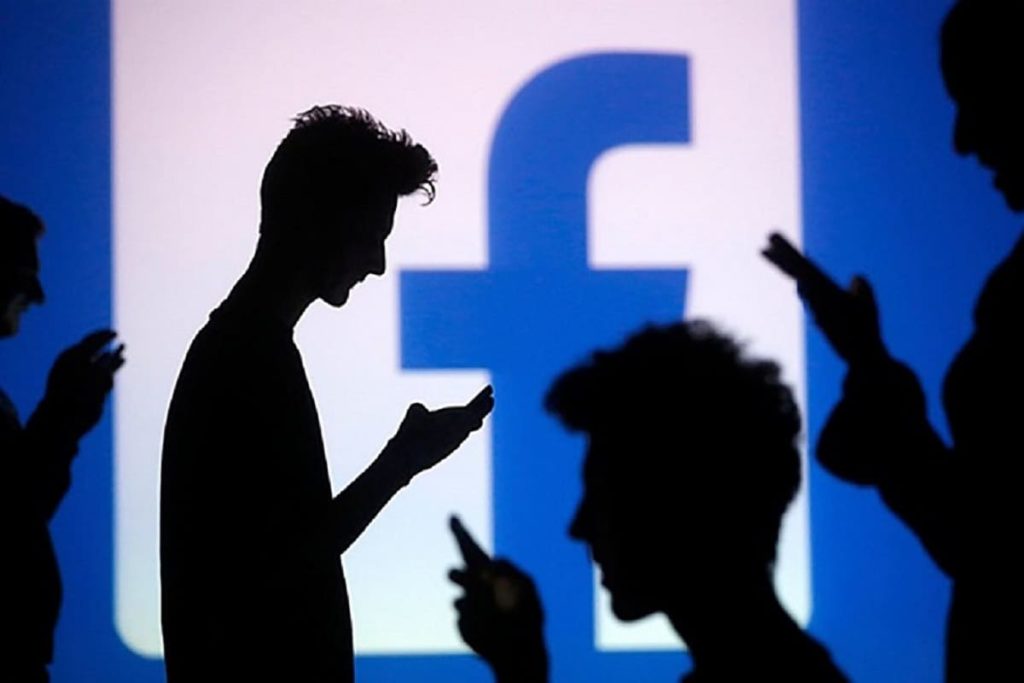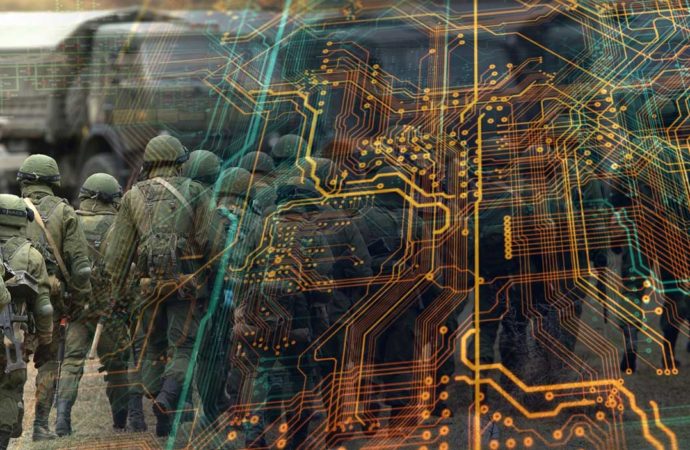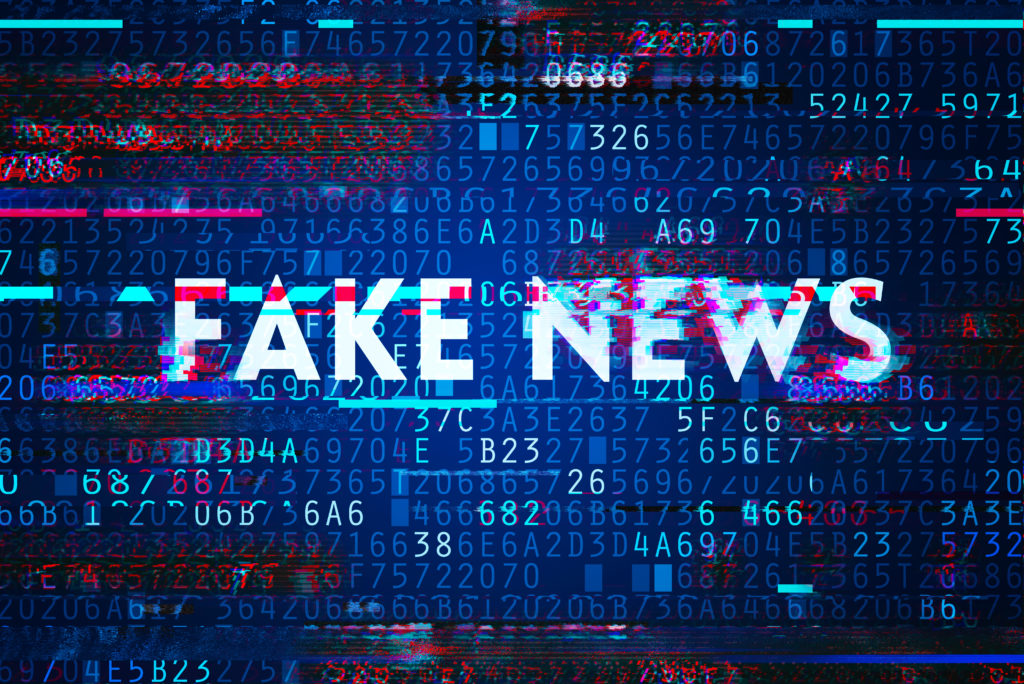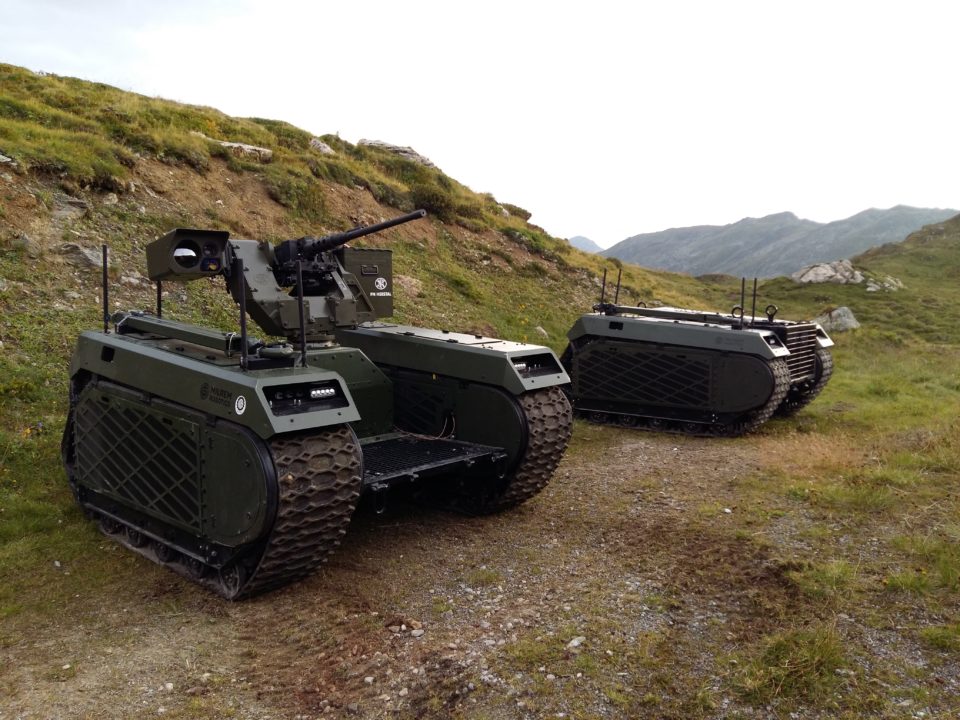Cyber Technology Developments and their impact on NATO
Pavel Zuna
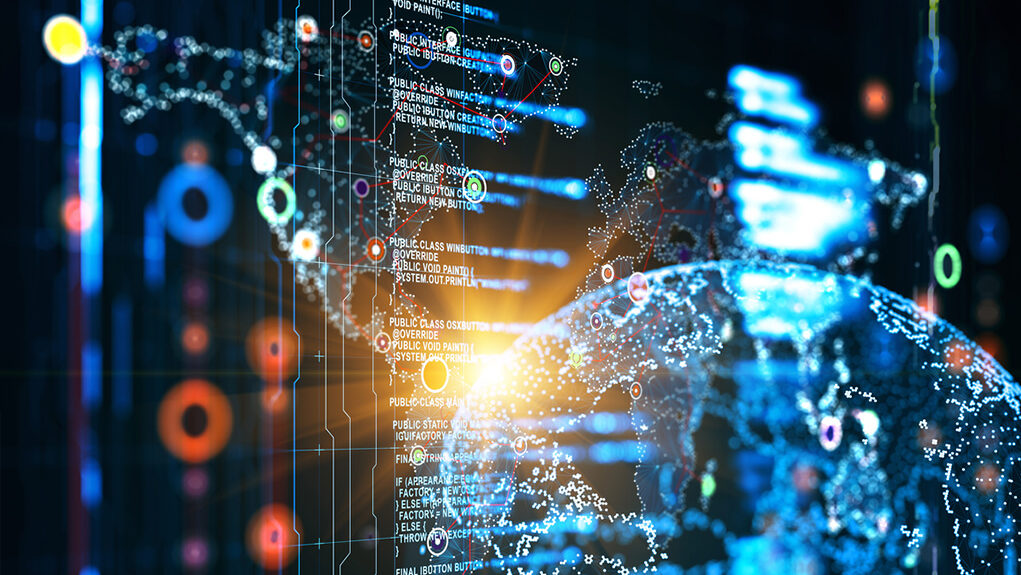
Since the Wales Summit in 2014, NATO has adopted a Cyber Defense Policy and recognized Cyber Space as a domain of operations in which the Alliance must defend itself as effectively as in other domains of operations.
Cyber Technologies (CTs) are advancing in the cyberspace of the virtual computer world, particularly within the electronic medium used to form a global computer network to facilitate online communication, data exchange, and processing activities.[1]
As we talk about “Cyber Defence” and the ability of our Allies and partners to defend themselves in this domain, we need to ask whether CTs belong to the important game changers within NATO’s collective defence, crisis management, and cooperative security.
Assessing where and how CTs will impact NATO’s core missions, we need to first go back to the basics of armed conflicts. As Clausewitz and J.F.C. Fuller described, armed conflicts are governed by a trinity of dialectical relations between mental, moral and physical elements of the belligerents’ strengths at all levels of conflict. What then is the impact of cyber technologies on those strengths? Do CTs completely change how belligerents will influence and exploit these elements efficiently under the law of the economy of force, or do they provide just another tool to achieve a desired effect?
From the short- and mid-term perspective, a combination of complex interactions of CTs with Artificial Intelligence, quantum computing, and advanced analytics will significantly affect the mental elements of strength in conflict. Because human cognitive and decision-making abilities are limited by genetic and cultural heritage, as well as education and experience, when AI is applied through CTs and quantum computing, those human limitations can be overcome. That augmentation of the human cognitive aspect will have fundamental impacts, promising to reduce uncertainty and the “fog of war”.
The moral element of belligerent strength, in other words the will and determination of nations, decision-makers, commanders, and soldiers to wage and conduct armed conflict, has been the target of belligerents for centuries. We talk frequently about propaganda, information and psychological operations, hybrid warfare, and operations for influence etc.; however, CTs can be used effectively for that purpose. Again, with the application of AI and quantum computing, social media, along with the evolution of the new, automatic computing algorithms, the human cognitive domain is going to be exposed to the manipulation, disinformation, and data gathering for intelligence purposes. In that sense CTs, in combination with other emerging technologies, will not bring revolutionary change, but a rather significant evolutional impact.
There is no need to elaborate on CTs’ impact on the physical elements of belligerents’ strengths as this is very broad topic stemming from national economies, critical infrastructure down to weapon systems, C3 systems etc. CTs are already applied through the systems of systems and the evolution goes further towards interconnectedness and distribution across all domains to include land, sea, air, space, cyber, and information. What we can expect in future will be interconnectedness with human cognitive domain: the end result will be that humans will be able to exploit huge data to orient, decide, and collaborate anywhere and anytime.
CTs, by themselves, are neither disruptive nor revolutionary game changers. However, they impact and will continue to impact current and future security and defence significantly in an evolutionary manner and in combination with other emerging and evolving technologies.
NATO Science & Technology Trends Report identifies four developing strategic S&T trends with potential game changing roles: intelligent, interconnected, distributed and digital. [2] Those four trends will inevitably shape future exploitations of the CTs for defence.
[1] Cyberspace. Technopedia [online]. Techopedia, 2019 [cit. 2020-6-4]. Available at: https://www.techopedia.com/ definition/2493/cyberspace.
[2] NATO Science & Technology Organization. Science & Technology Trends 2020 – 2040: Exploring the S&T Edge [online]. Brussels: NATO Headquarters, 2020, 160 s. [cit. 2020-6-4]. Available at: https://www.sto.nato.int/pages/tech-trends.aspx

Pavel Zuna
Director of NATO STO Collaboration Support Office in Neuilly-sur-Seine. He is a retired Colonel with a 30-year active military service career. He retired as Deputy Director of the Military Counter-Intelligence and Military Intelligence Service and served as Assistant Defence Attaché to Belgium and Defence Attaché to the United Kingdom.

